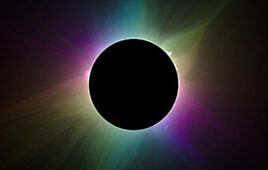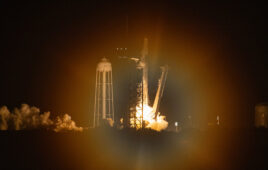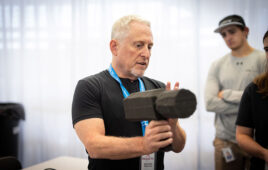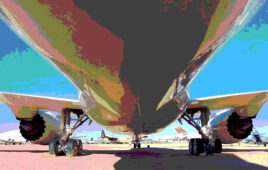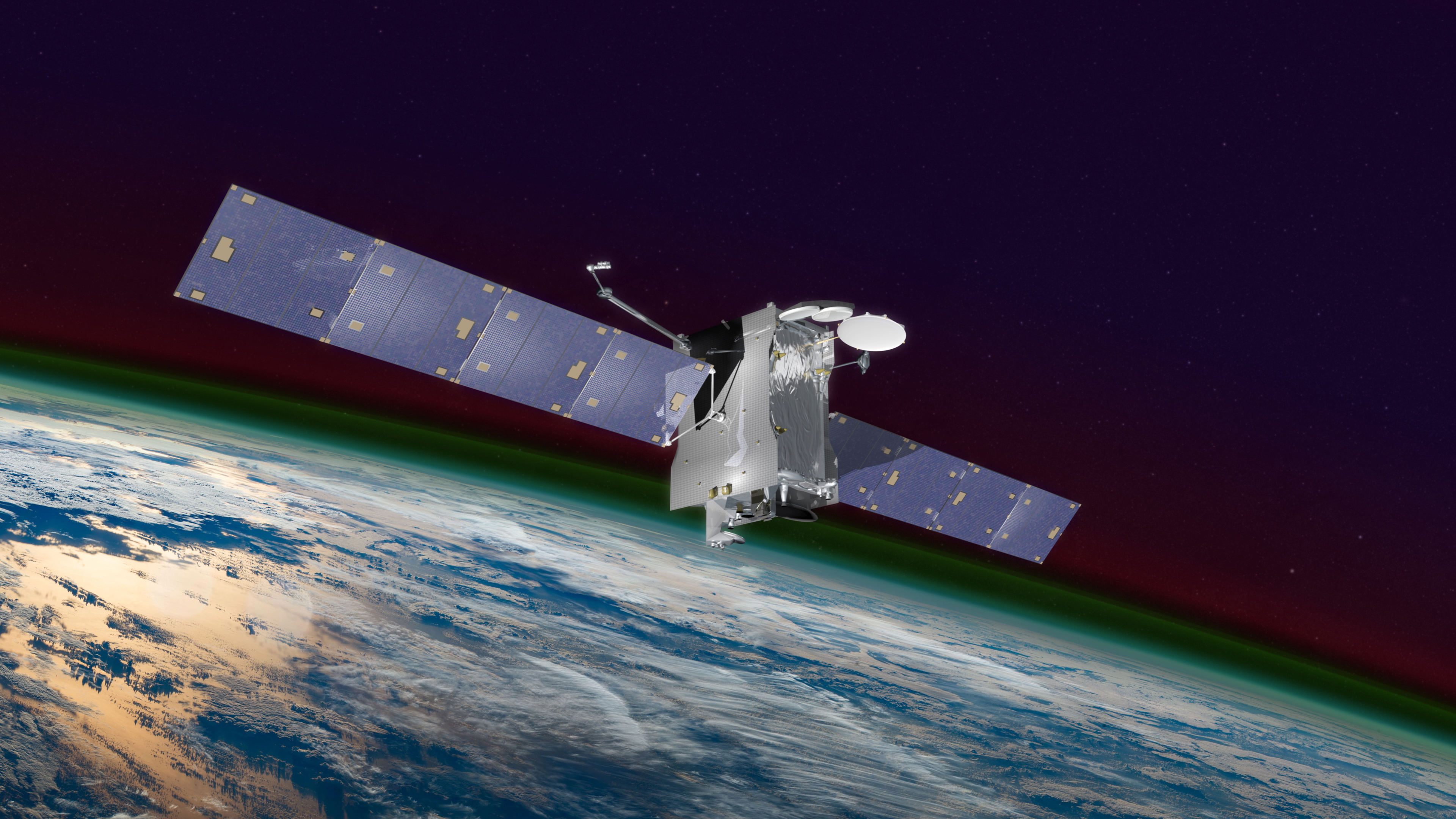
The Global-scale Observations of the Limb and Disk: Credit NASA
For the first time, NASA has launched an instrument as a commercially hosted payload, as part of a mission to study weather patterns in the boundary of space and the uppermost atmosphere.
On January 25, NASA launched the Global-scale Observations of the Limb and Disk (GOLD), a hosted payload aboard SES-14—a commercial communications satellite—to investigate the dynamic intermingling of space and Earth’s uppermost atmosphere.
Arianespace, the company in charge of the launch, said a few seconds after the 7:20 p.m. ignition of the upper stage, the second tracking station located in Natal, Brazil, did not acquire the launcher telemetry. This lack of telemetry lasted throughout the rest of powered flight. Subsequently, both satellites were confirmed separated, acquired and they are on orbit.
Space is teeming with fast-moving charged particles and electric and magnetic fields that guide their motion. At the boundary between the Earth’s atmosphere and space—called the ionosphere—the charged particles co-exist with the upper reaches of the neutral atmosphere—called the thermosphere. The ionosphere and thermosphere commingle and constantly influence each other.
The GOLD mission will focus on the role of terrestrial weather, space weather and the Earth’s own magnetic field have on the interplay between the two regions.
“The upper atmosphere is far more variable than previously imagined, but we don’t understand the interactions between all the factors involved,” Richard Eastes, GOLD principal investigator at the Laboratory for Atmospheric and Space Physics at the University of Colorado Boulder, said in a statement. “That’s where GOLD comes in: For the first time, the mission gives us the big picture of how different drivers meet and influence each other.”
Little is known about the region, which responds rapidly to both terrestrial weather in the lower atmosphere and the tumult of space weather, undergoing dramatic changes in as little as an hour.
Big events in the lower atmosphere, like hurricanes or tsunamis, create waves that can travel all the way up to this interface to space, changing wind patterns and causing disruptions, while flurries of energized particles and solar storms carry electric and magnetic fields and have the potential to disrupt Earth’s space environment.
This makes it difficult to predict changes in the ionosphere, which includes low-earth orbiting satellites and communications signals, including radio waves and signals that make GPS systems work.
One of the goals of the mission is to understand what drives changes in the region. The data could improve forecasting models of the space weather events that impact life on Earth, as well as on satellites and for astronauts in space.
“The first meteorological satellites revolutionized our understanding of — and ability to predict — terrestrial weather,” Elsayed Talaat, heliophysics chief scientist at NASA Headquarters in Washington, said in a statement. “We anticipate GOLD will give us new, similar insight into the dynamics of the upper atmosphere and our planet’s space environment.”
The mission will used an 80-pound imaging spectrograph to measure far ultraviolet light, creating full-disk ultraviolet images of Earth from its geostationary vantage point above the Western Hemisphere.
“Just like an infrared camera allows you to see how temperatures change with different colors, GOLD images ultraviolet light to provide a map of the Earth that reveals how temperature and atmospheric composition change by location,” Eastes said.
From the images, the scientists will determine the temperature and relative amounts of different particles, including atomic oxygen and molecular nitrogen, present in the neutral atmosphere. This is useful for determining how neutral gases shape ionospheric conditions.

